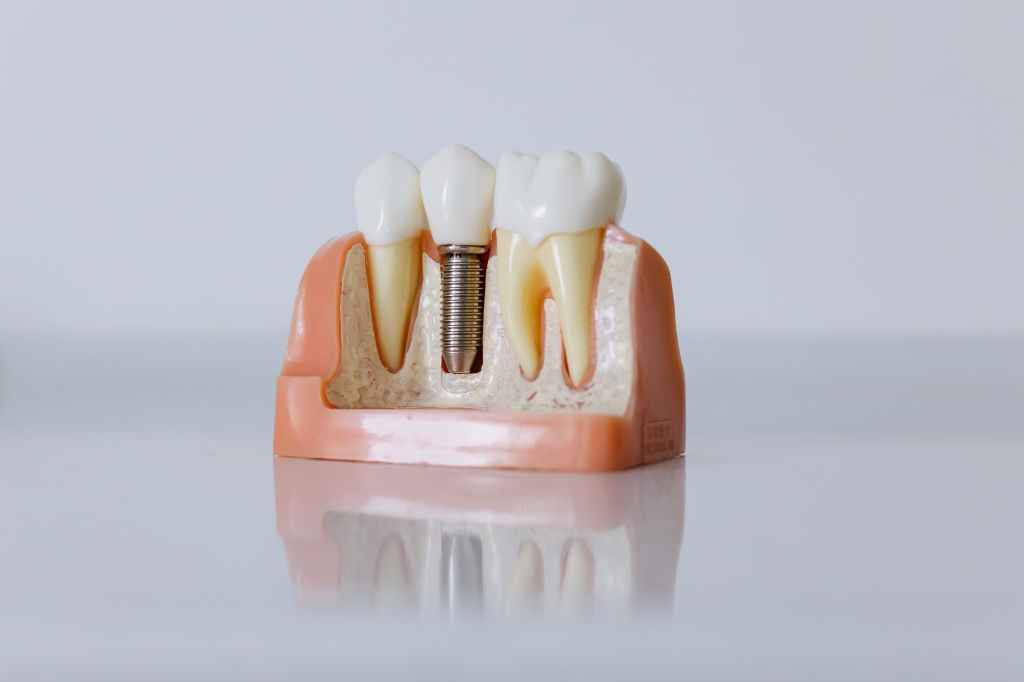
New dentures require an adjustment period. Talking, eating, and other essential daily activities, which used to come easily, may now become challenging. Patients who receive lower dentures will face a more extended adjustment period since they might feel less securely attached and limit the space available for the tongue.
While a certain adjustment period is inevitable, dental patients can employ some strategies to shorten it. For example, insert the dentures and read aloud. Reading aloud improves speaking ability while wearing the dental appliance. Next, insert the dentures and practice eating. Slice food into small bites, chew slowly on both sides, and avoid placing direct pressure on the front teeth of the dentures.
Some individuals might experience irritation along the gums, or the dentures might feel loose. However, the gums and muscle tissue will automatically adapt to prevent slippage. Patients benefit from wearing the dental device around the clock as the mouth adjusts to the dentures. After the adjustment process, patients should begin removing dentures to sleep.


